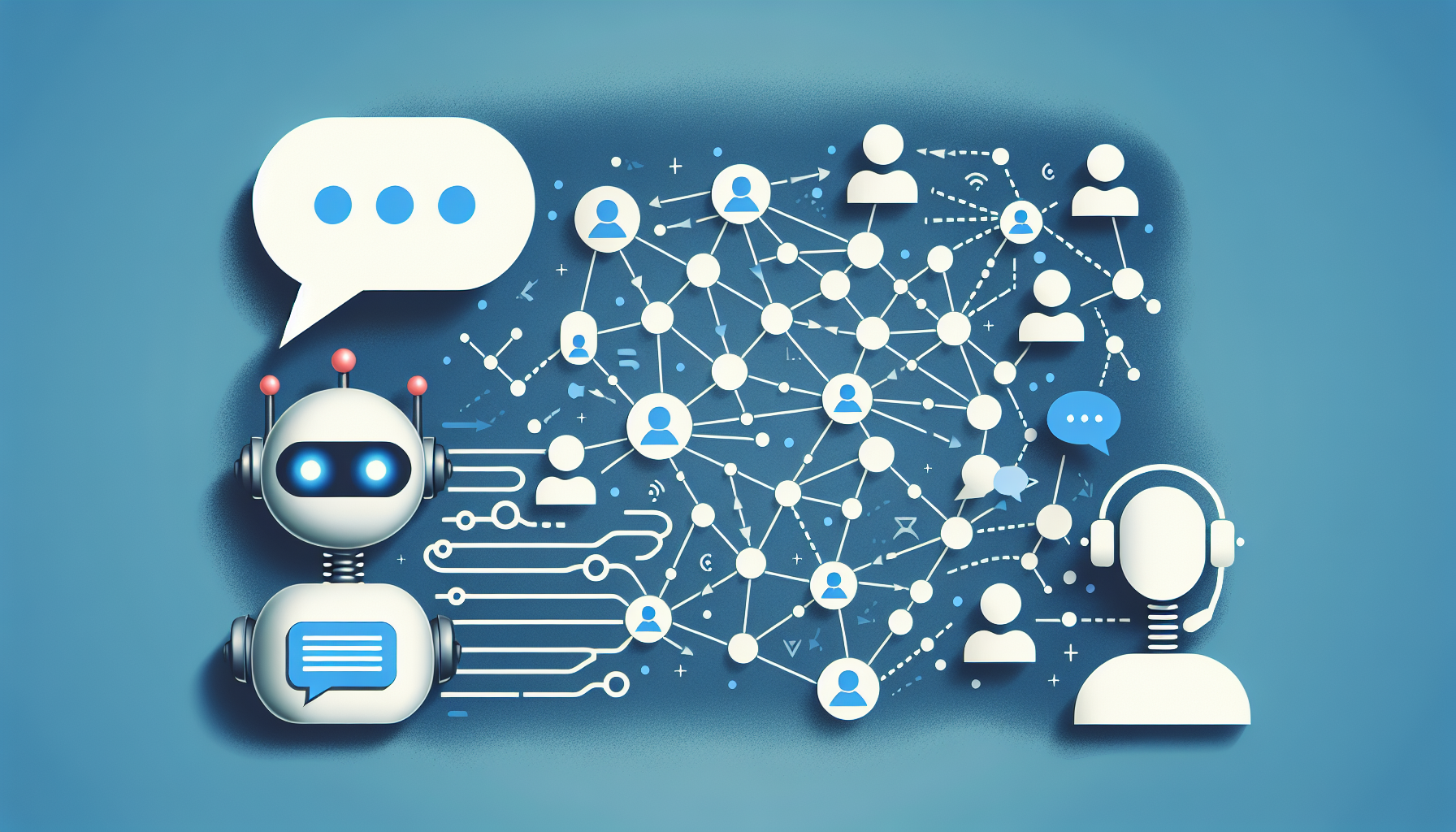How to Combine ChatGPT and CRM Tools for Maximum Efficiency
Understanding ChatGPT and CRM Tools
ChatGPT is an advanced language model developed by OpenAI that utilizes deep learning techniques to understand and generate human-like text. It is often applied in various domains, including customer support, content creation, and data analysis. Customer Relationship Management (CRM) tools, on the other hand, are designed to manage a company’s interactions with current and potential customers, organizing, automating, and synchronizing sales processes, marketing, and customer service.
The Benefits of Integrating ChatGPT with CRM Tools
Integrating ChatGPT with CRM tools leads to increased efficiency in managing customer interactions, enhanced data analysis, improved automation in sales processes, and better customer insights. It transforms traditionally manual tasks into automated processes, freeing up employees to focus on more strategic initiatives.
-
Enhanced Customer Engagement: With the ability to respond to queries in real-time, businesses can improve customer interaction and satisfaction levels.
-
Data-Driven Insights: ChatGPT can analyze conversations and help identify customer pain points, preferences, and patterns that can be crucial for tailoring offerings.
-
Automation of Repetitive Tasks: Routine inquiries can be diverted to ChatGPT, allowing support teams to focus on complex issues.
Steps to Integrate ChatGPT with CRM Tools
-
Identify Business Needs:
Start by pinpointing where ChatGPT can add the most value to your CRM processes. Whether it is generating leads, providing customer support, or analyzing customer feedback, understanding your goals will guide the integration process. -
Choose the Right CRM Tool:
Select a CRM platform that supports integration with AI solutions. Popular CRM tools such as Salesforce, HubSpot, and Zoho offer APIs that can facilitate this integration. -
API Integration:
Use API or webhooks to connect ChatGPT with your CRM tool. This step often involves programming knowledge or leveraging platforms that facilitate low-code or no-code integrations. -
Data Syncing:
Ensure that customer data from your CRM system is synchronized with ChatGPT, allowing the model to access customer histories, preferences, and previous interactions for personalized responses. -
Train the Model:
For effective results, fine-tune ChatGPT’s responses based on your specific industry jargon and customer expectations. Feeding it with your CRM data can help it understand the context and nuance of your business operations.
Use Cases for ChatGPT and CRM Integration
-
Customer Support Automation:
By integrating ChatGPT into the CRM, customer queries can be automatically routed to the AI model, which can provide instant responses. This reduces response time and enhances customer satisfaction. -
Lead Generation and Qualification:
ChatGPT can handle initial interactions with potential customers. By asking qualifying questions, it can gather essential information and pass hot leads to sales representatives for further follow-up. -
Personalized Marketing Campaigns:
Integrating customer insights from the CRM with ChatGPT enables the creation of personalized marketing messages. ChatGPT can generate tailored emails or promotional content based on customer data from the CRM. -
Feedback Collection and Analysis:
ChatGPT can automate the process of collecting customer feedback post-purchase, integrating this data into the CRM system for further analysis.
Best Practices for Integration
-
Continuous Training:
Regularly update ChatGPT with new information about your products and services, ensuring it remains informed about any changes. -
Monitor Performance:
Track the effectiveness of the integration by analyzing customer satisfaction ratings and response times. Utilize feedback to improve how ChatGPT interacts with customers. -
Establish Clear Guidelines:
Develop protocols on how ChatGPT should handle various scenarios. This ensures consistency in brand voice and customer engagement. -
Utilize Analytics:
Use analytics to measure engagement levels, identify trends, and determine areas for improvement. Data-driven decisions will enhance the effectiveness of both ChatGPT and your CRM. -
Human Oversight:
Despite the AI’s capabilities, human oversight is essential for complex issues. Always have a system in place for escalating inquiries that ChatGPT cannot resolve.
Challenges in Integration
-
Data Privacy Concerns:
When integrating AI with CRM tools, ensure compliance with data protection regulations, such as GDPR. Maintain transparency about how customer data is utilized. -
Expectations Management:
Set realistic expectations among team members regarding the capabilities and limitations of ChatGPT. Continuous training is vital for effectiveness. -
Technical Barriers:
Overcome technical challenges by collaborating with IT experts who can facilitate a smoother integration process.
Real-World Case Studies
-
Retail Example:
A leading e-commerce retailer integrated ChatGPT with their CRM system to automate customer support queries about order status. This reduced the average response time from 24 hours to instant replies while increasing customer satisfaction ratings by 20%. -
Healthcare Case:
A healthcare provider utilized ChatGPT to handle routine patient inquiries and schedule appointments through their CRM system. This integration improved operational efficiency and reduced appointment scheduling errors. -
Finance Sector:
A financial services company employed ChatGPT for initial customer interactions to analyze financial health. By integrating data analytics, ChatGPT provided personalized insights for investment opportunities through the CRM, leading to higher customer engagement.
Future Trends
The combination of AI and CRM will continue to evolve, with more advanced capabilities. Expect improvements in understanding natural language, predictive analytics, and machine learning techniques that personalize customer experiences at scale. As businesses increasingly adopt integrated platforms, the synergy between ChatGPT and CRM tools will redefine customer relationship management, leading to more automated and efficient processes.
Conclusion
The integration of ChatGPT with CRM tools is a strategic initiative that can lead to maximum efficiency in managing customer interactions. With the right approach, businesses can harness the power of AI to enhance customer experiences, streamline processes, and ultimately drive growth. By following the outlined steps and best practices, organizations can ensure a successful implementation that aligns with their unique business needs and objectives.


